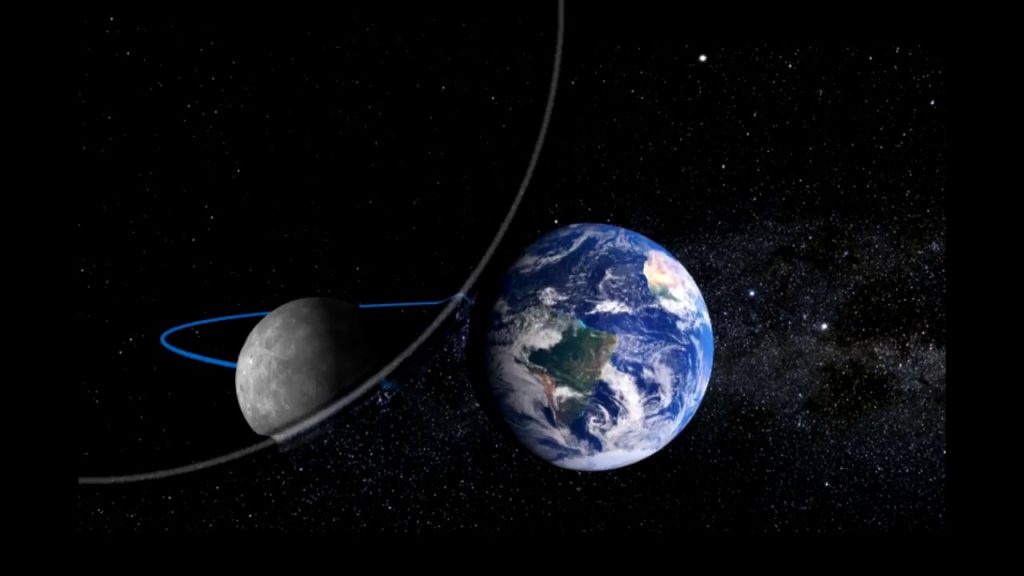The moon is slowly drifting away from planet Earth at the area that’s producing the 24 hour day only a little bit more; the new study has surprisingly shown.
Researchers at Columbia University and the University of Wisconsin–Madison have discovered the ordinary day employed to continue only 18 hours over one billion decades back. Moreover, as the moon goes away from the parent world today will continue growing longer, albeit at a remarkably slow pace.
Stephen Meyers, professor of geoscience in Wisconsin–Madison, stated the Earth starts to slow down the further away that the moon is.
25 Hours a Day: The Research

He stated, “As the moon moves away, the Earth is like a spinning figure skater who slows down as they stretch their arms out.”
Professor Meyers Introduced the shocking Concept with Alberto Malinverno, Columbia University, at the Most Recent issue of Proceedings of the National Academy of Sciences.
The 2 geoscientists analyzed the association between Earth and the moon by surveying ancient stone sediments out of 1.4 billion decades back.
The researchers reasoned that the rat was much closer to the entire world in years past exerting more twist on the planet’s axis.
Professor Meyers also suggested, “One of our ambitions was to use astrochronology to tell time in the most distant past, to develop very ancient geological time scales. We want to be able to study rocks that are billions of years old in a way that is comparable to how we study modern geologic processes.”
Now the moon sits in a reasonable distance of 384,000kilometers from Earth but is moving off at a speed of 3.82cm annually.
Since the Earth rotates around its axis three hours quicker than the moon does, so-called tidal bulges made by the Moon’s gravity pull the celestial body to hasten the planet.
However, the moon is evenly pulling down to the world’s tidal bulges slowing Earth’s rotation.
This leading interplay of gravity will probably last for centuries, extending the duration of the day by 74 thousandths of a second per year.
 25 Hours a Day: The Conclusion
25 Hours a Day: The Conclusion
Dr. Meyers and his colleagues analyzed a stone formation in Arizona to affirm the changes in the planet’s orbit on a 405,000-year cycle.
They analyzed various layers of stone in geological record differences for Earth’s orbit and axis to discover connections between the amount of daylight and distance in the moon.
Dr. Meyers added, “In the future, we want to expand the work into different intervals of geological time.”
Another group in New Zealand also looked at the way the orbital changes could have influenced the development and extinction of marine lifeforms called graptoloids.
He also added, “The geologic record is an astronomical observatory for the early solar system. We are looking at its pulsing rhythm, preserved in the rock and the history of life
Researchers speculate that the moon was born about 4.5 billion decades ago when a Mars-sized body slammed into Earth.
If this is the case, we will get one extra hour for the day.



















 25 Hours a Day: The Conclusion
25 Hours a Day: The Conclusion


